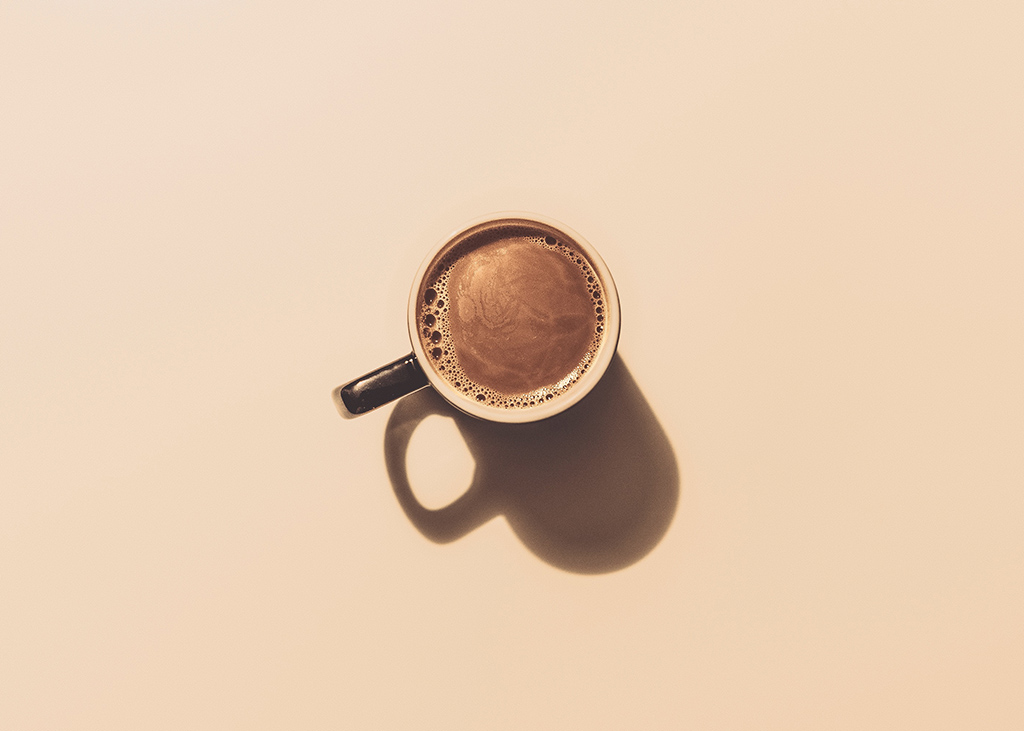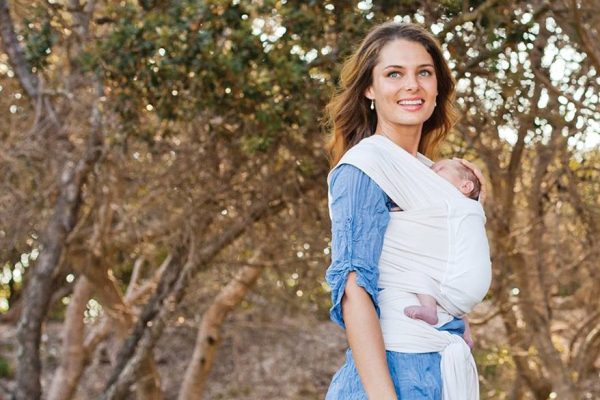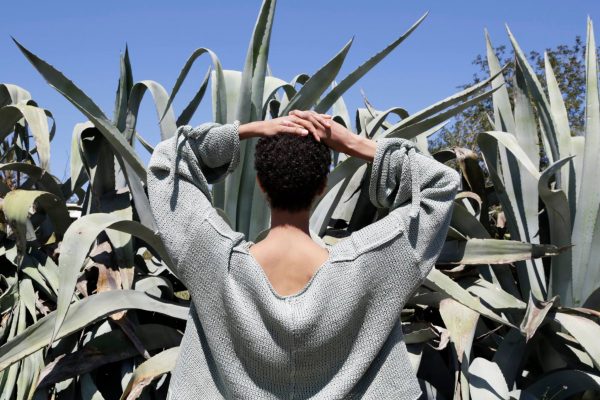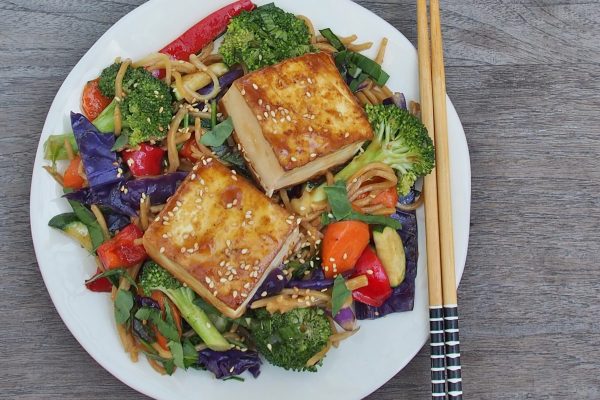It’s an indisputable fact that Australian’s love their coffee.
In fact, we love coffee so much that three-quarters of us guzzle at least one cup of coffee a day (let’s be fair, most of us have more). It may seem like a simple hot drink, however, coffee is a hot commodity worth $2 billion every year.
One cup of coffee equals 70 coffee beans, but have you ever considered where exactly your morning cappuccino came from? The journey from seed to bean is surprisingly extensive, with supply chains riddled with issues around slave labour and deforestation.
What can we do about it without giving up espresso?
Image Jakub Dziubak on Unsplash

The coffee journey
Growing – Coffee starts out as cherries flowering on small trees, which take about 4-7 years to grow from a seed – the Coffea species, most commonly Coffea arabica and Coffea canephora. Coffee grows in subtropical climates at high altitudes like Colombia, Guatemala, Costa Rica, etc.
Harvesting – The cherries (turning from green to red) take about 10 weeks to grow and are then ready to pick. They are handpicked in an extensive process, hand-checking each cherry or stripping branches using mechanical tools.
Processing – The most common processing method is removing the cherry from the seeds straight after picking, using excessively high quantities of water and enzymes over 24 hours (wet process). Once the pulp has been removed, the beans are dried in the sun and/or a machine, depending on the temperature. The dry process is much simpler, just leaving the cherries to dry out in the sun, leaving the beans for over 4 weeks. This is mostly done in Brazil.
Milling & Separating – Once dried, the shell of the beans crumble off, which can be done by hand or machines to separate the bean from the skin. The next step is polishing, which removes the ‘skin’ of the green bean and adds more flavour to the bean through heat. The final step involves hand sorting and cleaning beans by size and colour, in a labour-intensive process.
Blending and roasting – The best part of the coffee process (the bit that is easily understood), the green coffee beans are transported long distances to where they are going to be sold. These beans are then blended based on complementary flavour by the roaster aka coffee expert, then roasted to a light brown. These beans are then transported to your local cafe to be freshly ground and carefully crafted to drink.
Ethics of coffee
The largest issue with coffee supply chains is the exploitation of farmers and workers, especially since coffee is generally grown in developing countries.
Coffee is well known to have a history of using child slave labour and workers on less than minimum wage. For example, in 2018 a coffee plantation in Brazil used by Starbucks was found to be using slave labour (workers didn’t even have drinking water!) This process is incredibly difficult to track, especially as the coffee plantation mentioned held certifications for safe practices and sustainable farming.
What’s the alternative?
Fairtrade Certified and Direct Trade coffee. Certifications are not always accurate, however, Fairtrade Certified coffee has strict regulations. Oxfam sells 100% organic Fairtrade Certified coffee from East Timor and Africa. Another option is to avoid multinational organisations like Nestle and opt for specialty coffee.
Five Senses recommends opting for high-quality Arabica coffee, which is more likely to be grown ethically. For more information on purchasing ethical coffee and certifications, see The Guardian’s article here.
The environmental issues with coffee production
From looking at the supply chain of coffee beans, it’s clear that there is a long chain of machine work which requires energy, land, pesticides and extensive water usage. There’s also an issue with agricultural runoff. WWF recently pointed out that 37 of the 50 countries with high deforestation, also produced coffee.
What’s the alternative?
Purchase organic coffee to avoid pesticides, herbicides and agriculture runoff. As we know, ethical does not mean organic. Deforestation and water usage is difficult to avoid as coffee trees need space and water.
There are also some certifications such as Rainforest Alliance (this doesn’t mean it’s 100% eco). Also, ask your local barista about their coffee beans or go into the supermarket and pick up the packets – where do they come from and what certifications are there?
Don’t forget the packaging
Repeat after me – I will avoid coffee machines with pods and sachets (unless they are compostable). Coffee pods clog up landfill and possibly carcinogenic. It also contributes to our throwaway lifestyle.
What’s the alternative? Get yourself a stovetop machine and a simple milk frother (can do by hand). If you’re getting takeaway coffee, get yourself a KeepCup to take everywhere to avoid wasteful plastic-lined cups.


